Connect the names, models and nets of three-dimensional objects with this hands-on matching game.
A Match-Up Game for 3D Objects and Their Nets
3D nets are a flattened-out version of a 3D shape that can be cut out, folded and adhered together to create a model of that particular 3D shape. Visualising what a 3D shape will look like in its net form can be a tricky skill for some students to master… that’s where we come in!
This hands-on match-up activity has been designed to provide your students with practice matching three-dimensional objects with their name and their net representation. The following 3D objects are included in the resource:
Cylinder, cube, cone, sphere, dodecahedron, rectangular prism, hexagonal pyramid, square-based pyramid, triangular-based pyramid, octagonal-based pyramid, pentagonal prism, hexagonal prism.
An answer key is also provided in the download.
How to Play 3D Nets Match-Up
This game is an adaptation of Memory. Instead of matching a pair, players must match three-of-a-kind. To play, follow the simple steps outlined below.
- Cards are shuffled and placed face-down on the playing area.
- Player 1 chooses any three cards to flip over.
- If the three cards match (3D object/name/net), the player takes the cards and keeps them in their own pile. If the three cards are not matches, the player turns the cards over in their original location.
- If Player 1 selects a correct match, Player 1 will have another turn. This continues until Player 1 chooses an incorrect match.
- Steps 2–5 continue with the remaining players until all cards are matched.
- The winner is the player with the largest number of matches.
Tips for Extension and Scaffolding
Catering for a diverse range of learners in your classroom? We hear you! Check out these great ideas to maximise the impact of this activity for learners of all abilities:
- Challenge High-Flying Students – Once they have completed the activity, challenge your more capable students to make some of the nets from the activity out of paper, then test them by cutting, folding and adhering them together.
- Support Less-Confident Students – Make the activity more manageable for less-confident students by reducing the number of cards. Remove some of the more-complex 3D objects, such as the dodecahedron, the octagonal pyramid and the hexagonal prism.
It’s As Easy As Download, Print, Teach!
Use the dropdown arrow on the Download button to select between the quick-print PDF or the editable Google Slides version of this resource.
Print on thick cards for added durability. Store the cards together in a large envelope or zip lock bag for safekeeping.
As this resource contains a title page and an answer sheet, we recommended printing one copy of the resource, removing the title and answer page, then making copies as required.
This resource was created by Allanah Arrowsmith, a Teach Starter collaborator.
Click below for more time-saving resources to use when teaching 3D objects to your students!
[resource:4960340] [resource:4961788] [resource:2304]
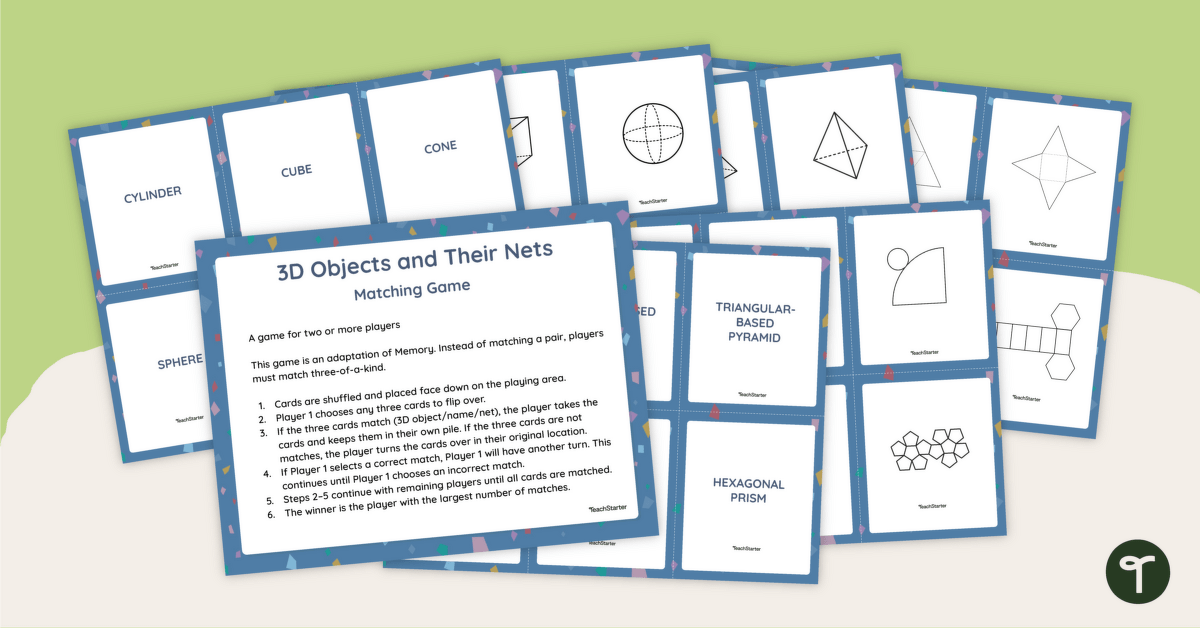

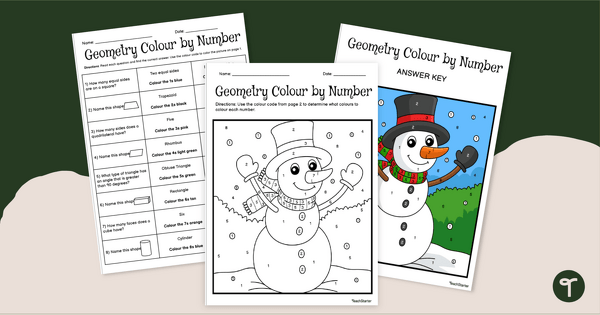

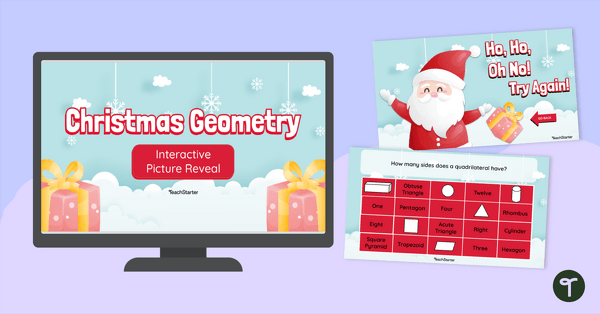




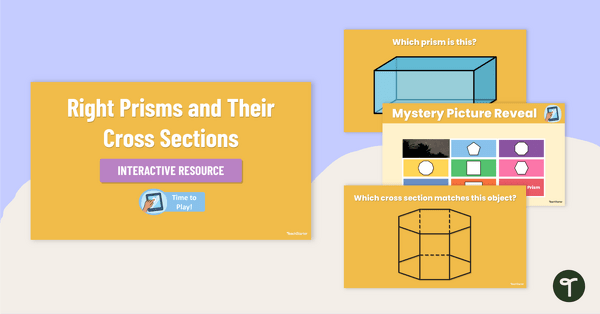
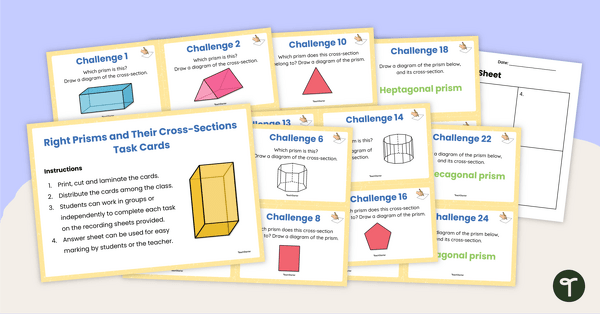
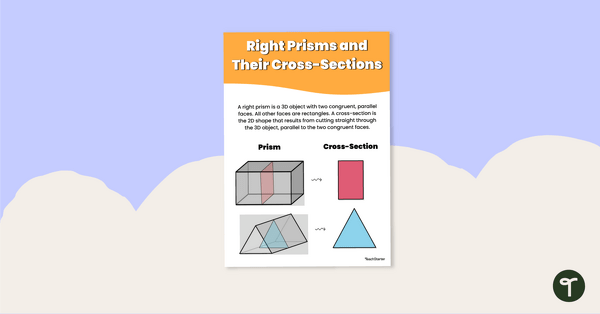
0 Comments
Write a review to help other teachers and parents like yourself. If you'd like to request a change to this resource, or report an error, select the corresponding tab above.